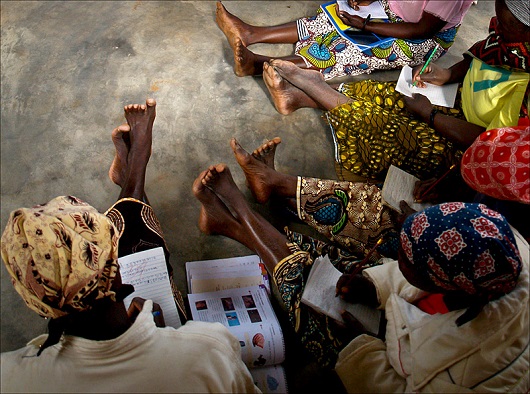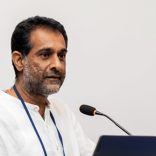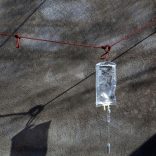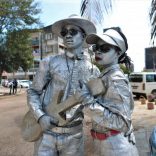Mozambique: Ilesh Jani is the new chair of the Global Task Force on Cholera Control Steering ...
Mozambique hopes to bring illiteracy to down to 41%

borgenproject.org (File photo)
Mozambique’s National Directorate of Literacy and Adult Education is determined to reduce the illiteracy rate to 41 per cent by 2019.
Speaking to AIM on Friday, which is International Literacy Day, the National Director of Literacy, Laurindo Nhacune, recalled that at independence, in 1975, the Mozambican illiteracy rate was estimated at a massive 93 per cent. But the mass expansion of education after independence, and the literacy campaigns, have driven the illiteracy rate down to 44.9 per cent of adults.
“This growth shows the evolution of the literacy services since independence, and now our perspective is to reduce the illiteracy rate to 41 per cent, by the end of this government’s term of office”, said Nhacune.
He said that currently there are 571,000 people attending the literacy centres across the country, who are being taught to read and write by 15,000 volunteers. They receive, not a wage, but an allowance, which amounts to a total of 125 million meticais (just over two million dollars) a year.
The subsidies are miserably low, and certainly do not provide much of an incentive. They are about 650 meticais (about 10.5 US dollars) a month.
The province with the highest illiteracy rate, Nhacune said, remains Cabo Delgado in the far north where 60.7 per cent of the population cannot read or write. The lowest rate is 9.5 per cent, in Maputo City.
According to the United Nations Educational, Scientific and Cultural Organisation (UNESCO), there are 750 million adults in the world who lack even the most basic literacy skills.













Leave a Reply
Be the First to Comment!
You must be logged in to post a comment.
You must be logged in to post a comment.